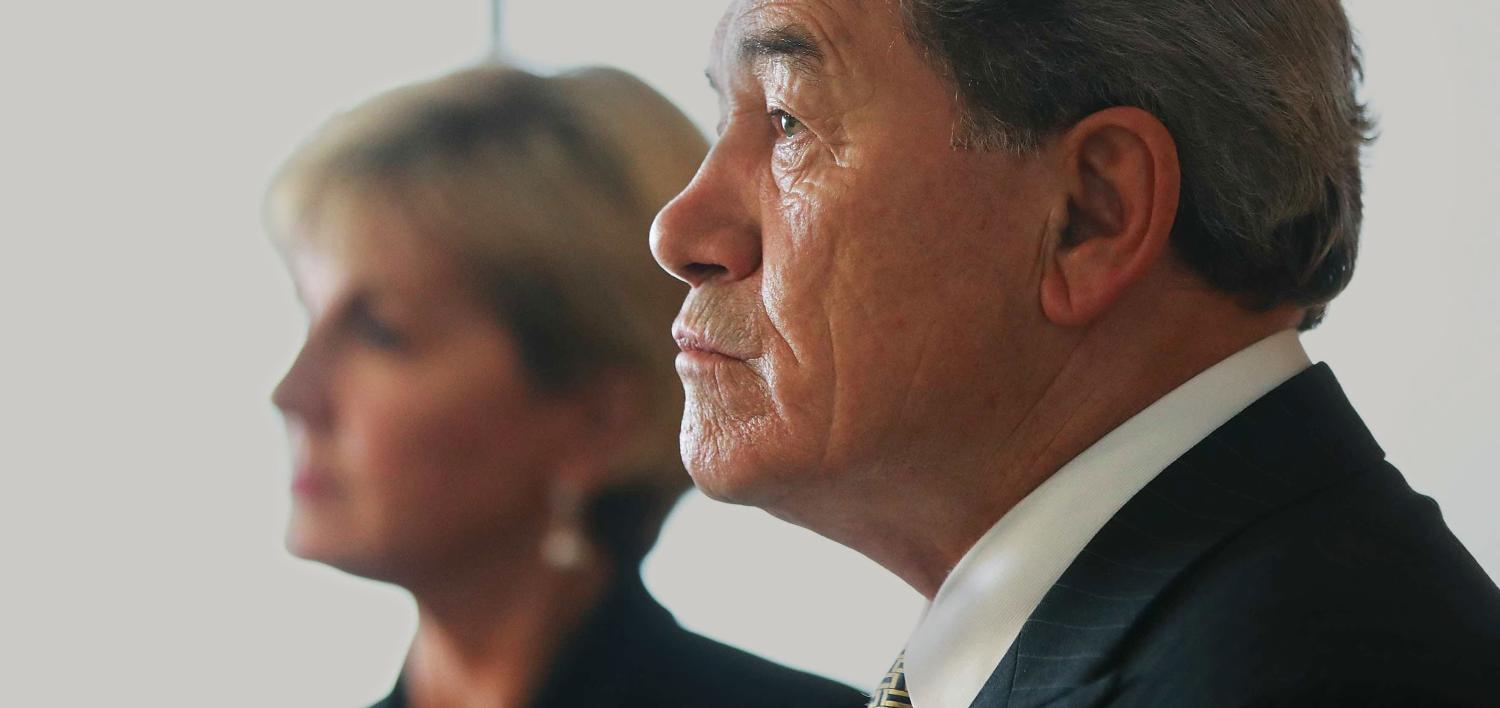In a speech delivered on 1 March at the Lowy Institute in Sydney, New Zealand’s Deputy Prime Minister and Foreign Minister Winston Peters launched the country’s most significant shift in foreign policy towards the Pacific Islands region in decades. The speech followed Prime Minister Jacinda Ardern’s foreign policy address on 27 February in which she clearly signalled a whole-of-government strategy, stating that in the Pacific, “we can do better, and we will”.
For the Pacific region and those Pacific policy wonks among us, the call to “shift the dial” on New Zealand’s policies towards the region is a long overdue and much welcome sea change. During the previous three National Party governments, Pacific policy was driven by economic development and, with the exception of former foreign minister Murray McCully who micromanaged New Zealand’s Pacific relationships for better or worse, high-level diplomacy was largely neglected. By 2017, the Pacific policy inherited by the new Labour-led coalition government lacked strategic depth.
As we argued in the New Zealand International Review in March 2017, “changes and developments within the region” – specifically, the growing influence of external actors, including China, resulting in an increasingly contested neighbourhood, and the emergence of a paradigm shift in Pacific diplomacy which is reshaping the regional order – “call for consideration of a New Zealand policy reset”. Understanding where and how New Zealand fits into the new regional order would appear to be at the heart of Peters’s speech.
The Deputy Prime Minister’s address at the Lowy Institute had three overlapping foreign policy objectives. First, to reassure the neighbourhood of a re-engaged New Zealand. Peters reaffirmed New Zealand as a Pacific country borne out of geography, demography, and identity, and with a “shared Pacific destiny”. Although this is common New Zealand trope, Peters’s tone when coupled with the values advanced in Ardern’s foreign policy address suggests that something has indeed shifted.
The policy reset, Peters stated, was underpinned by “mutual respect” and a set of five Cabinet-approved guiding principles: understanding, friendship, mutual benefit, collective ambition, and sustainability. It is a message that will be well received in both the Pacific and New Zealand.
Would this message have been better delivered from Auckland (the largest Polynesian city in the world) or during the Prime Minister’s Pacific Mission? Quite possibly. Will the Pacific’s leadership view this as reflective of a New Zealand–Australian bloc versus the Pacific? Time, and policy, will tell.
Second, central to Peters’s speech was the theme of a contested Pacific. It acknowledged the growing strategic anxiety in response to external (aka Chinese) influence in the Pacific, and the impact of external patronage and deeper pockets on New Zealand’s declining influence in the region. Peters called for a pooling of energies and resources to maintain “relative influence” in a more complex strategic environment.
Peters’s juxtaposition of respect for Pacific Islands countries’ “wish to manage their own international relations” with reference to New Zealand retaining its “traditional emphasis on human rights, the rule of law, transparency, good governance, and the promotion of democracy” is noteworthy. Is New Zealand more proactive if it challenges those traditional values? Or does it suggest a more thoughtful approach to the manner in which these traditional values are promoted?
Third, the speech sent a clear message to Australia about alliance, alignment, and divergence. Launching New Zealand’s renewed Pacific diplomacy in Sydney, rather than in Wellington, Apia, or any other Pacific capital visited this week, raised some eyebrows. The choice proved, however, to be strategically shrewd.
Peters’s speech in part reflected the Australian Foreign Policy White Paper’s language of stepping up engagement in the Pacific, signalling the importance of shared responsibility towards the region and stating that New Zealand and Australia “have never since 1945 needed each other more”.
The Deputy Prime Minister made no reference, however, to the White Paper’s recommendation that Pacific countries be integrated into Australian and New Zealand economic and security institutions, suggesting that efforts by Wellington and Canberra to align on the Pacific will reveal areas of significant divergence between their respective “step up” and “reset” approaches.
So what will a recalibrated New Zealand foreign policy towards the Pacific look like? As outlined in Peters’s speech, it will have two distinct strands. First, smarter and deeper political and diplomatic engagement; and second, increased aid spending – with Peters’s noting that “restoring lost capacity is one of our chief goals in advancing New Zealand’s foreign policy interests”. Climate change will also likely be a core issue given Climate Change Minister James Shaw’s commitment outlined here and here, a stance he has labelled “the most significant thing New Zealand can do for our Pacific whanau”.
In practical terms, the Pacific reset will require a reinvigorated Ministry of Foreign Affairs and Trade open to robust, informed debate about which Pacific policies have been effective and which demand rethinking; a deepening of New Zealand’s diplomatic pool of Pacific experts, and training of said diplomats in Pacific languages and cultures; and the application of Te Teriti o Waitangi principles of partnership, protection, and participation to foreign policy approaches to the Pacific, in order to ensure genuine and sustained engagement.
This week, Ardern is leading the Pacific Mission to Samoa, Cook Islands, Tonga, and Niue, accompanied by government ministers, media, and NGO representatives. The trip may be short in duration but is heavy in symbolism. Its objective is to send a clear message that the Ardern government is serious about how New Zealand engages with the Pacific through rebuilding relationships and establishing trust.
It’s smart diplomacy because it’s policy in action. But the call for tangible policy won’t be far away.

